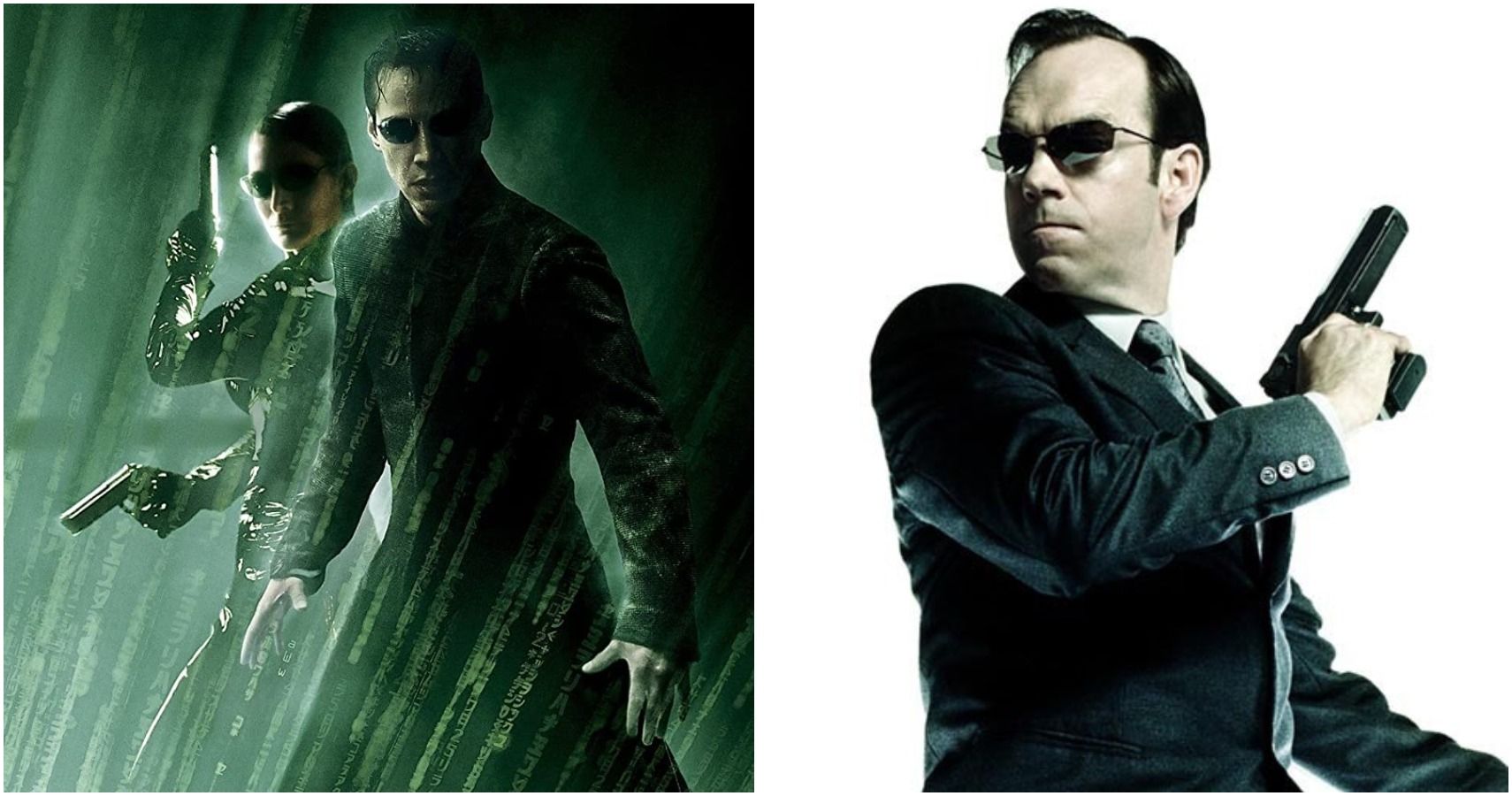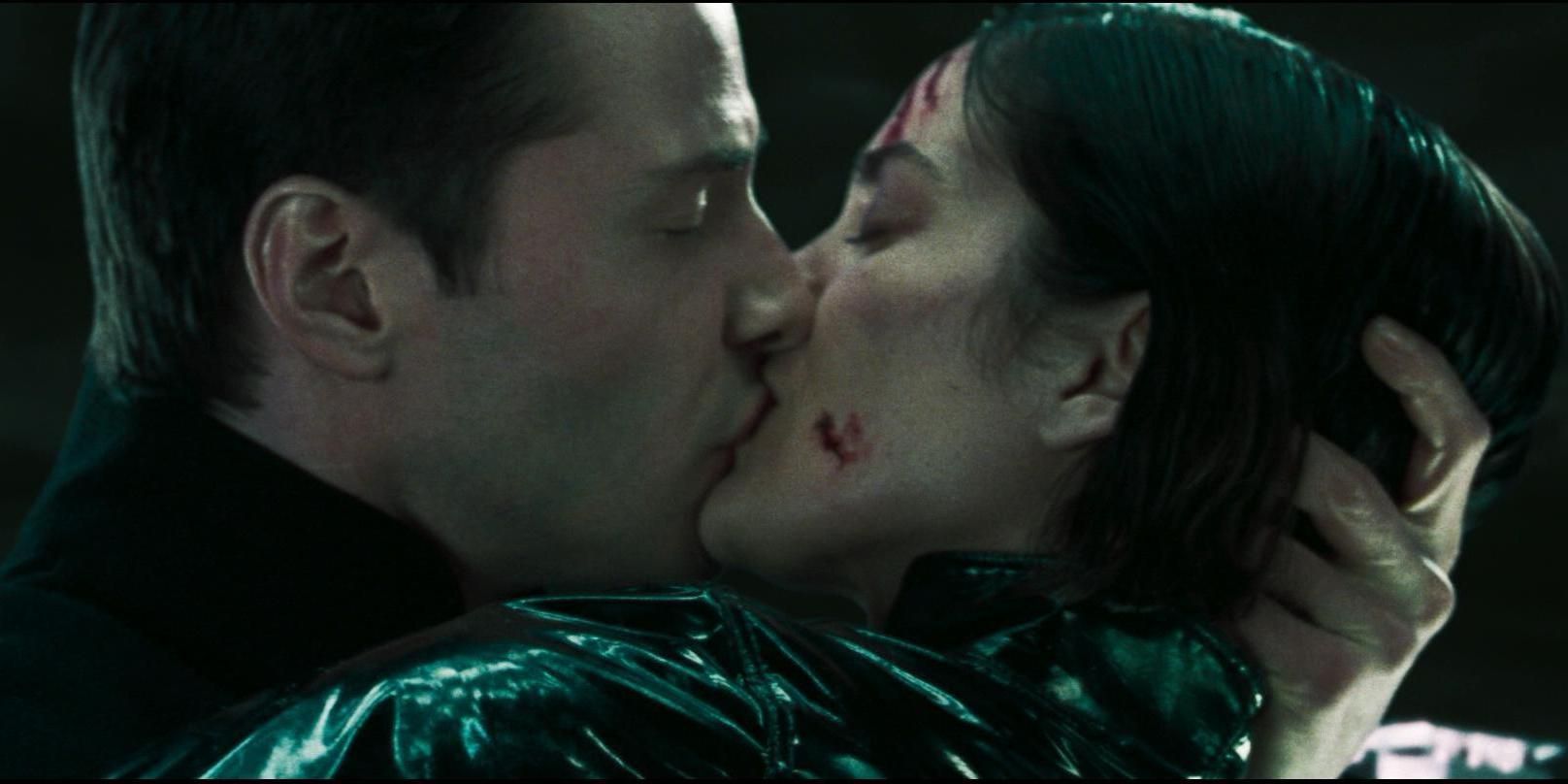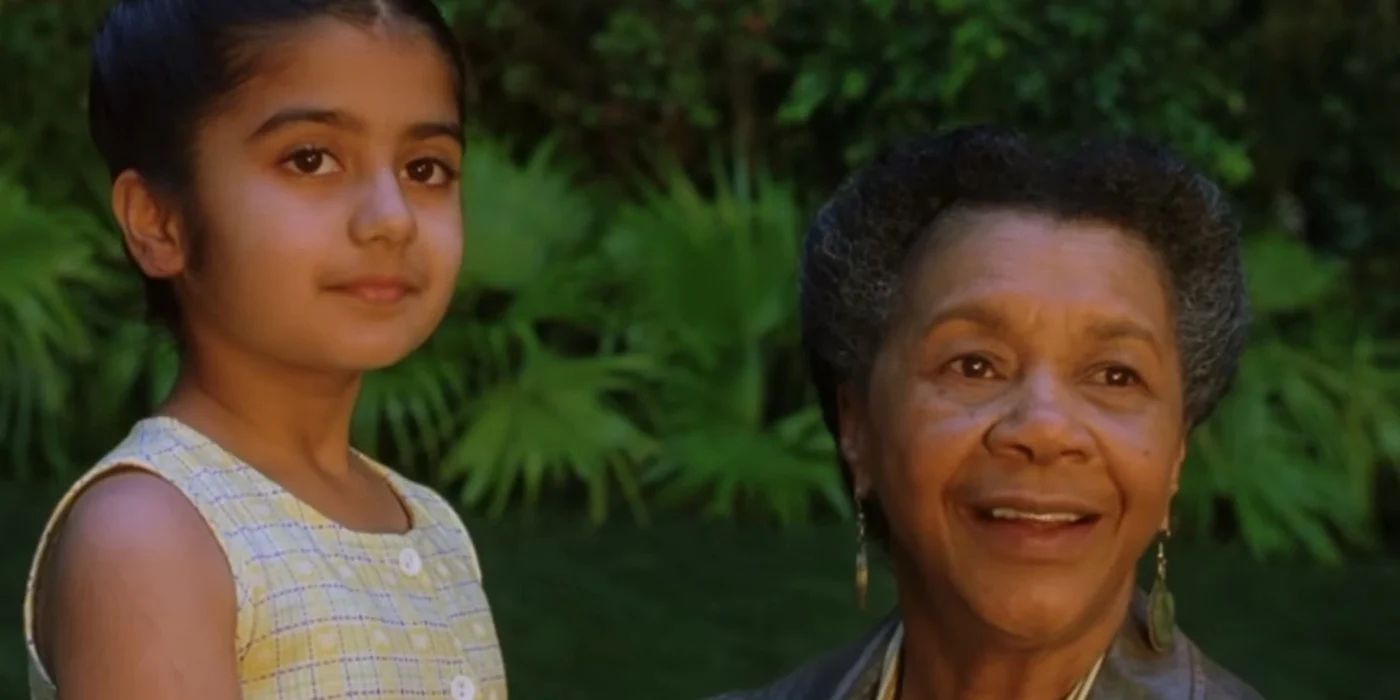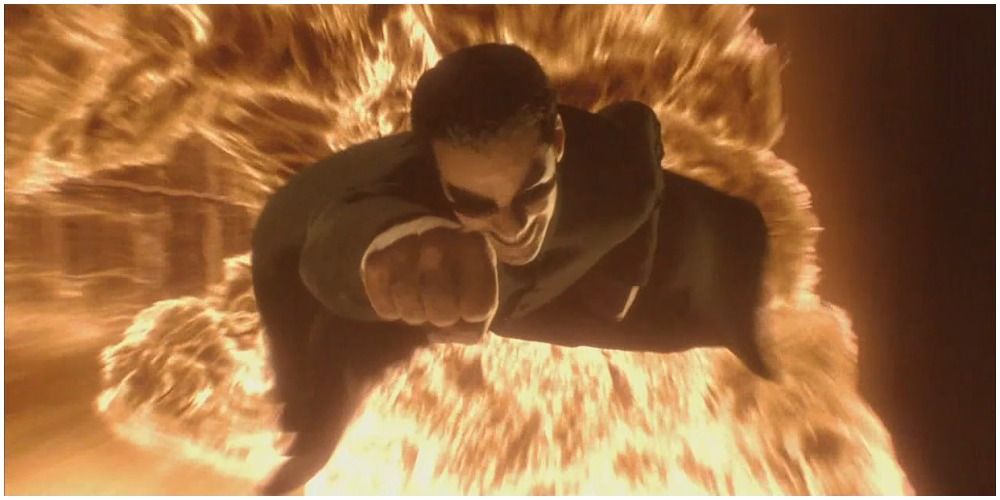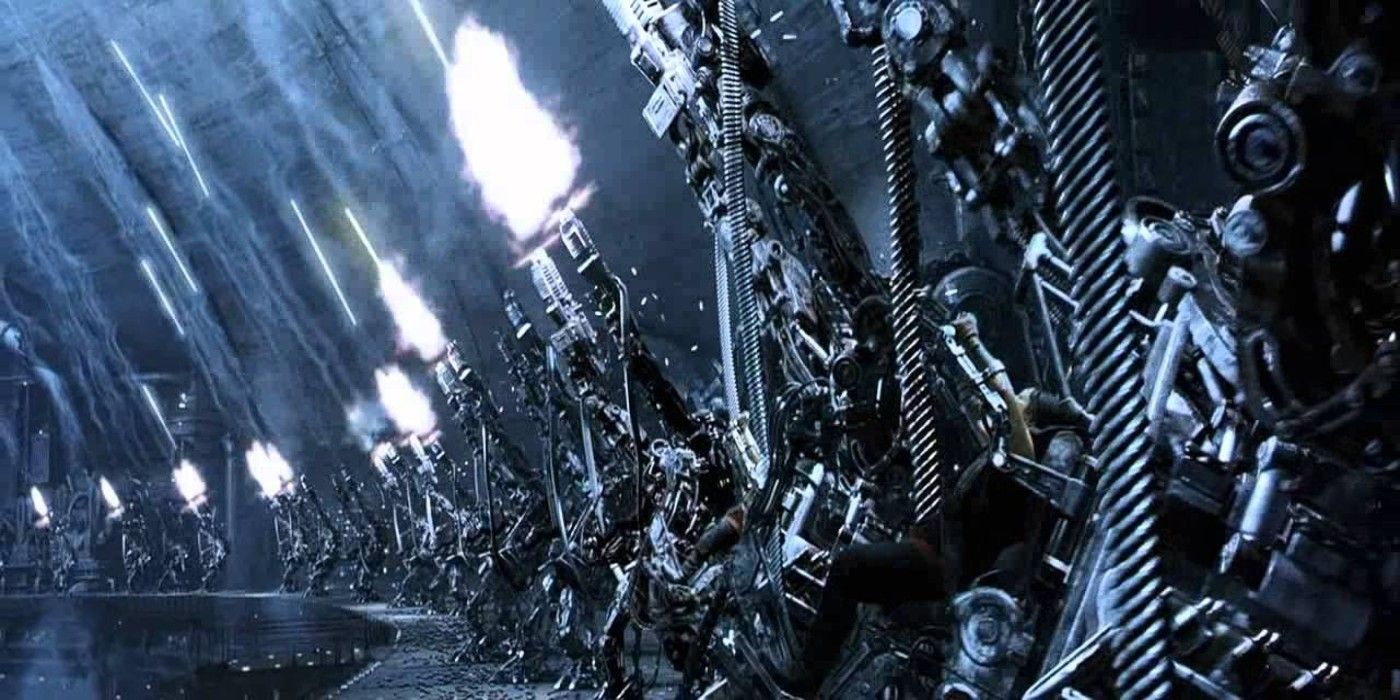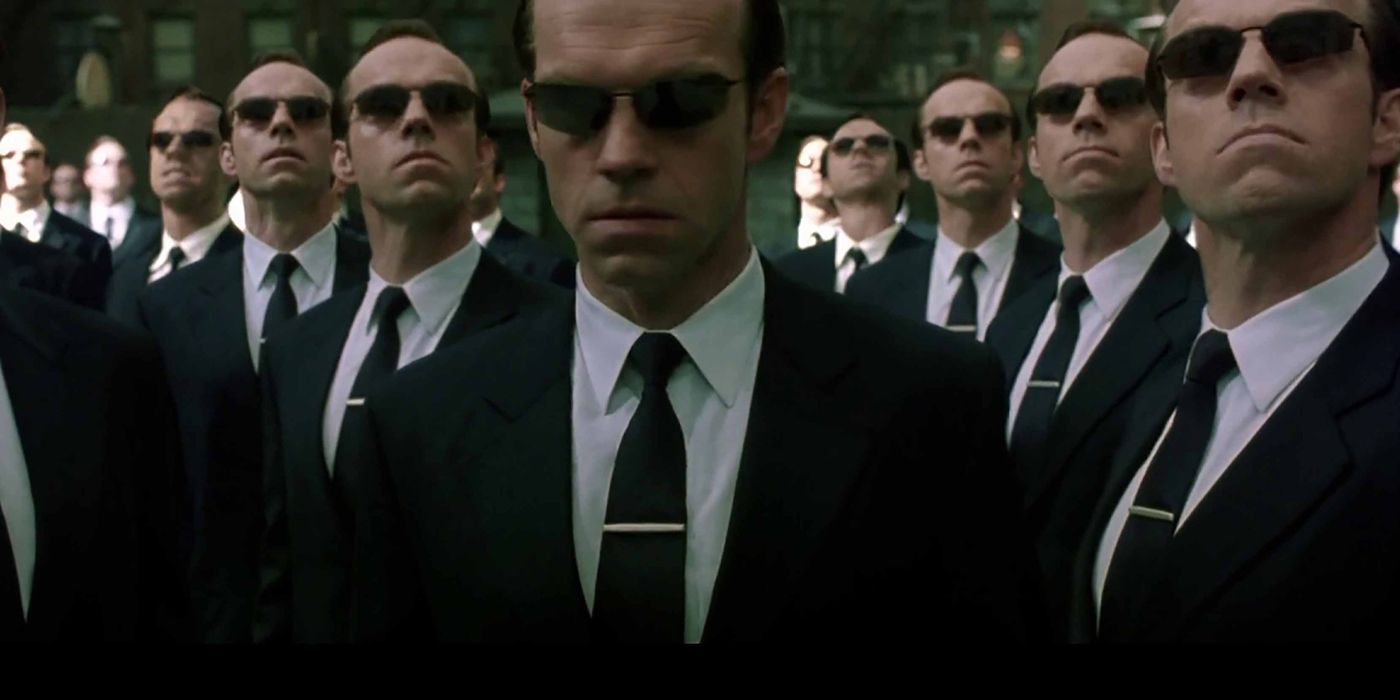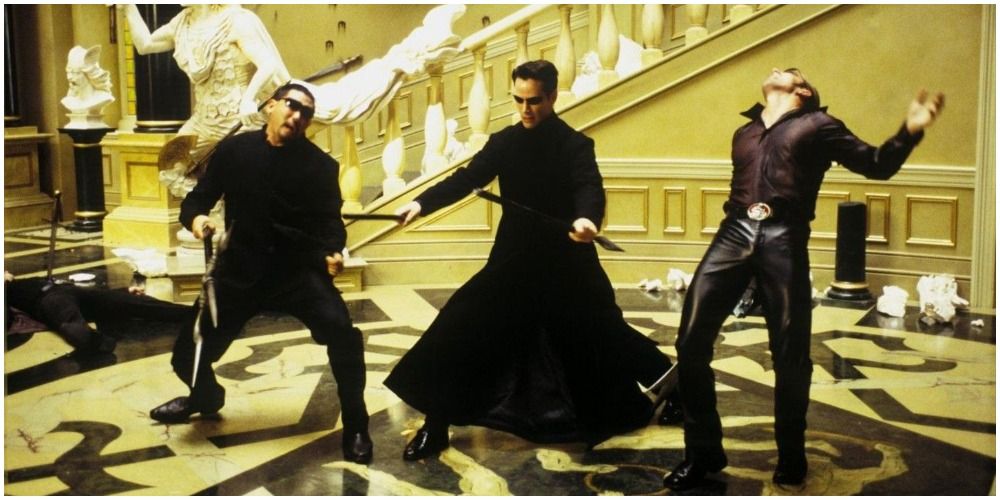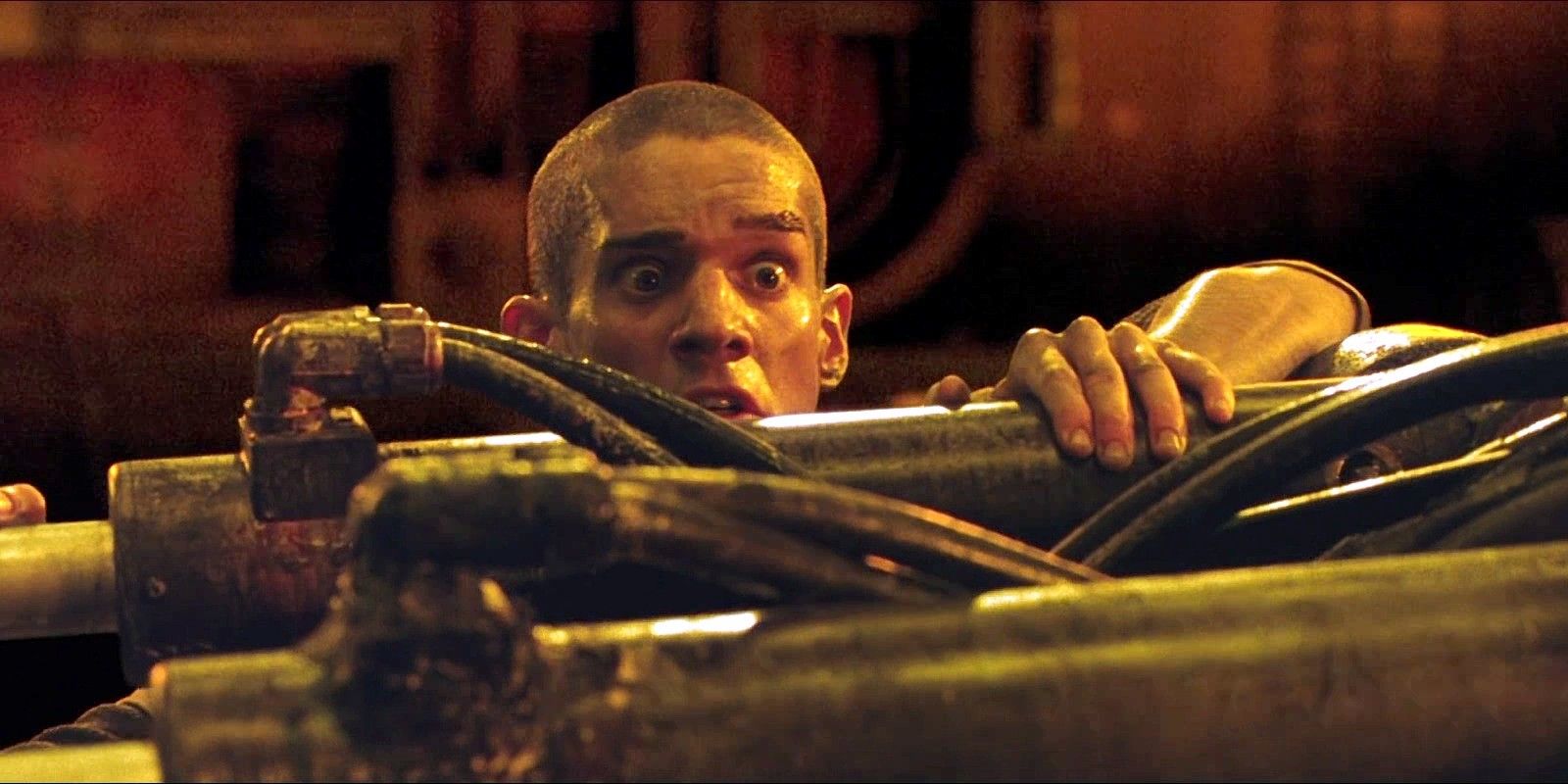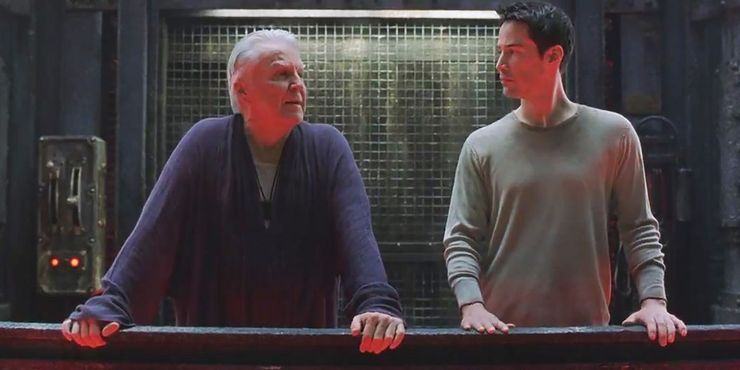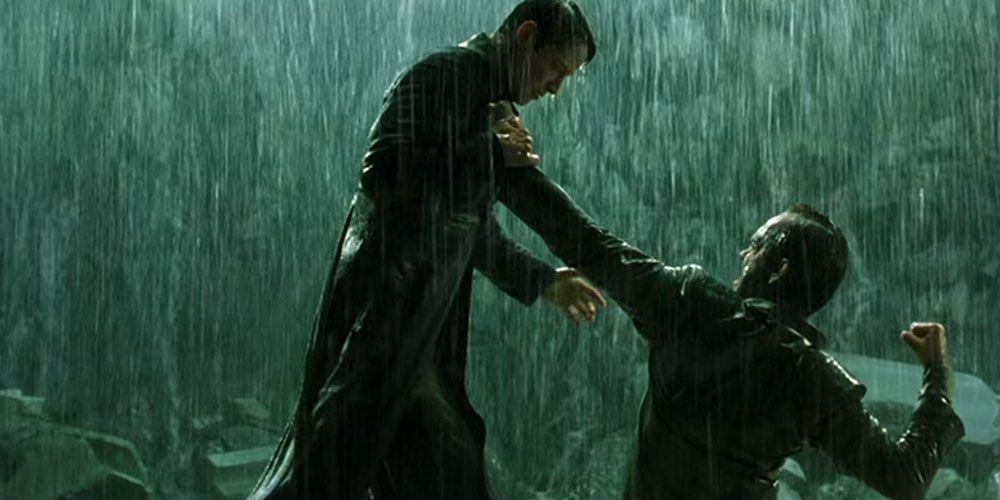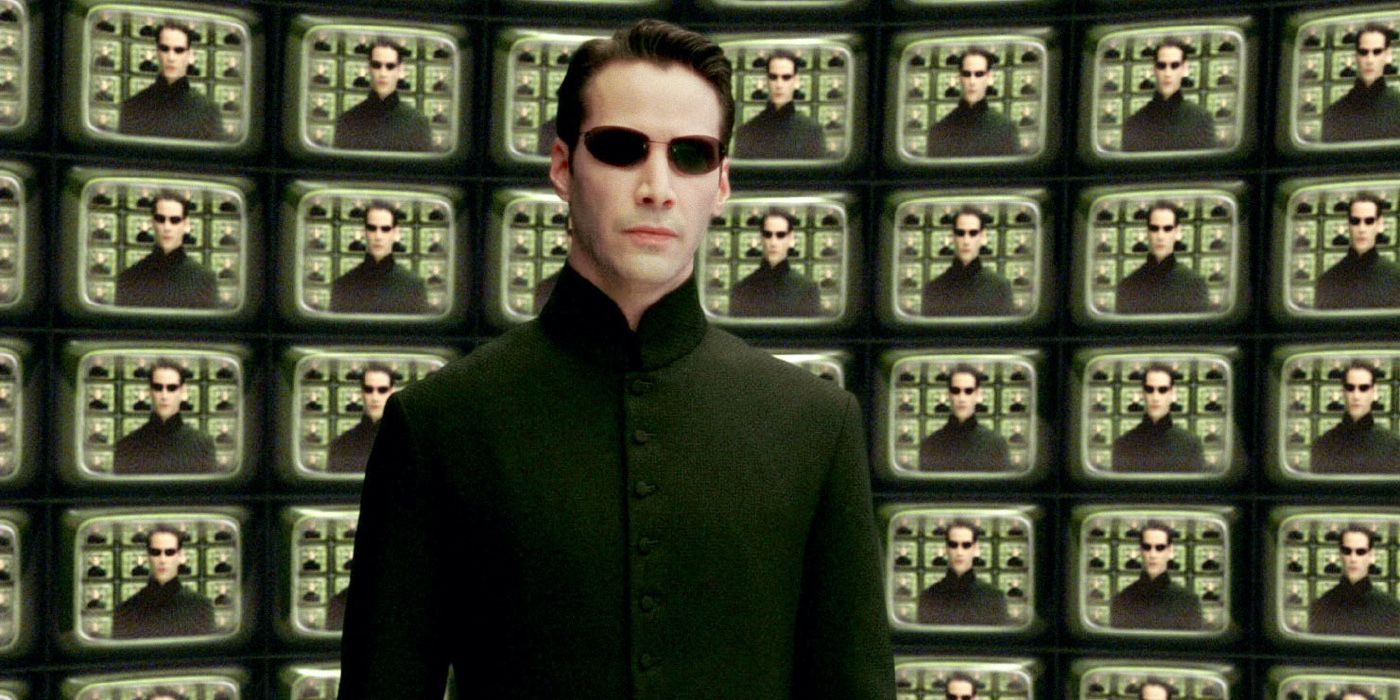The Wachowskis' original Matrix movie is an undeniable classic and a huge step forward for both the science-fiction and action genres. Its two sequels, Reloaded and Revolutions are much more debatable in the field of pioneering blockbusters, however.
Their reputation suggests that neither is worthy of the first installment of the trilogy but is that really the case and are they really as bad as people say that they are? Let's look at the movies' best and worst qualities to determine what's underrated and what's adequately rated.
Are: The Romance
The romantic element to both of the Matrix sequels is handled quite clunkily but it's no more apparent than it is in Reloaded, which contains an extended sex scene between Neo and Trinity that, in conjunction with the sweaty cave rave that it's intercut with, just comes off as unbearably awkward.
The effect was successfully minimized in the original movie as the lead characters' relationship is mostly flirtatious and not physical but the sequels couldn't avoid the pair's lack of chemistry even if it wanted to and both movies barrel headfirst into the problem.
Aren't: The Diversity of the Cast
While some aspects of casting left a lot to be desired, the Matrix sequels were, for the most part, quite commendable and intelligent with their casting choices.
Both movies expand on the diverse cast of the original and spin huge science-fiction stories where white male actors are in the minority well over a decade before the rest of Hollywood blockbusters would start to catch up to that standard.
Are: A Number of Computer Effects
While many aspects of the computer-generated effects in the Matrix sequels still hold up even today, there's a number that didn't even hold up at the time.
The rubbery action-figure look of Keanu Reeves in certain shots often undercut all of the incredible work that had gone into stunts and practical effects and the shots rarely added much, if anything at all, to their visually bloated scenes.
Aren't: The Designs
One thing that any number of bad effects shots couldn't detract from was the stunning designs that made up the Wachowski's vision of the dystopian future.
Most to all of the designs that pertained to Zion, for example, were gorgeously realized and furthered the franchise's groundbreaking incorporation of Japanese anime elements into Western live-action filmmaking.
Are: Agent Smith
As iconic as Hugo Weaving was in the original movie, and as much of a meme as he is in the sequels, Agent Smith makes up the most confusing and unnecessary aspect of the sequels' overstuffed plot.
His transition from the Matrix into the real world was an interesting idea but very poorly handled within the flow of the stories to the point where it's frequently forgotten about despite being of grave importance.
Aren't: The Fight Choreography
One thing that does remain a pleasant constant from the first movie is the attentiveness given to the fight choreography and its execution.
After working as Keanu Reeve's stunt double on the Matrix movies, and a co-ordinator on the sequels, Chad Stahelski would famously parlay his incredible accomplishments with the actor into the success of the John Wick franchise, which he has directed every installment of so far.
Are: Too Many New Characters
While a number of new additions made to the cast in the sequels enrich the story and contribute a lot to the drama, there are still numerous characters who struggle to justify their inclusion in the story and ultimately go nowhere.
Some are clearly added for what they can bring to the action sequences but others perform tasks in the plot that didn't really require named characters to do them, let alone ones who had been developed just for one mostly insignificant moment.
Aren't: Interesting Ideas
Both movies are dominated by fascinating philosophical ideas such as the purpose of choice within an ordered system and the place of faith within a mechanized world.
These ideas are conveyed to the audience throughout the movie in both the form of the characters' actions as well as lengthy discussions between them and, while they may be fairly big topics to give definitive answers to, each movie is not without its thought-provoking insights.
Aren't: The Final Battles
Both the climactic battle for the dock and the final confrontation between Neo and Agent Smith are joyous to behold and successfully take the trilogy out with a satisfying bang.
Both perfectly demonstrated the series' ability to seamlessly blend practical and digital effects into exciting and engaging action sequences and their DNA can be seen in so many of today's effects-driven blockbusters.
Aren't: Deconstruction of the Hero Myth
Both the greatest and the most undersung achievement of the Matrix sequels is their decision to reverse and deconstruct the hero myth that the first movie establishes around Neo.
The Matrix Reloaded makes it very clear that Neo's power has, like all things within the grand simulation, a purpose and while the character's journey towards acceptance of this leads to a much-maligned Christ comparison it was still a gutsy move to strip the main hero of a good chunk of their agency within the story and explore the idea of resistance as simply another part of the machine's design.

